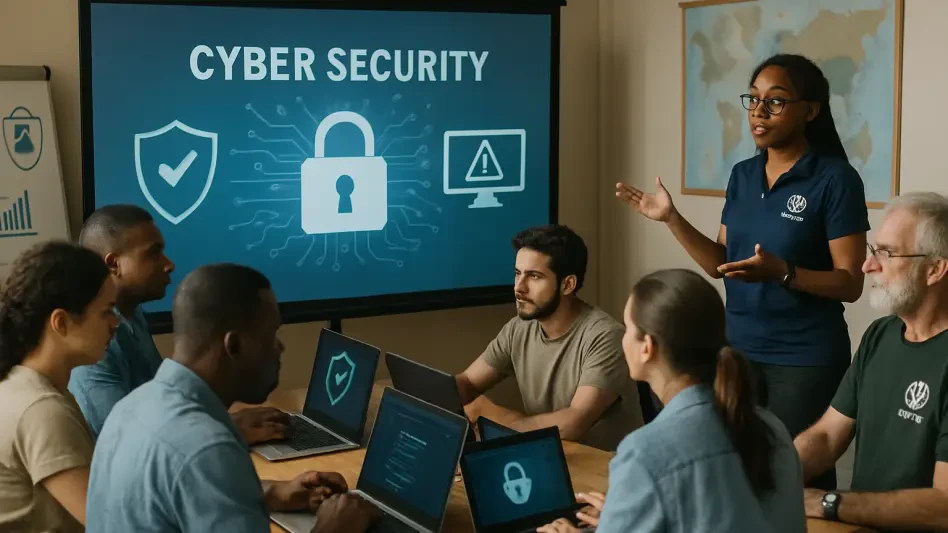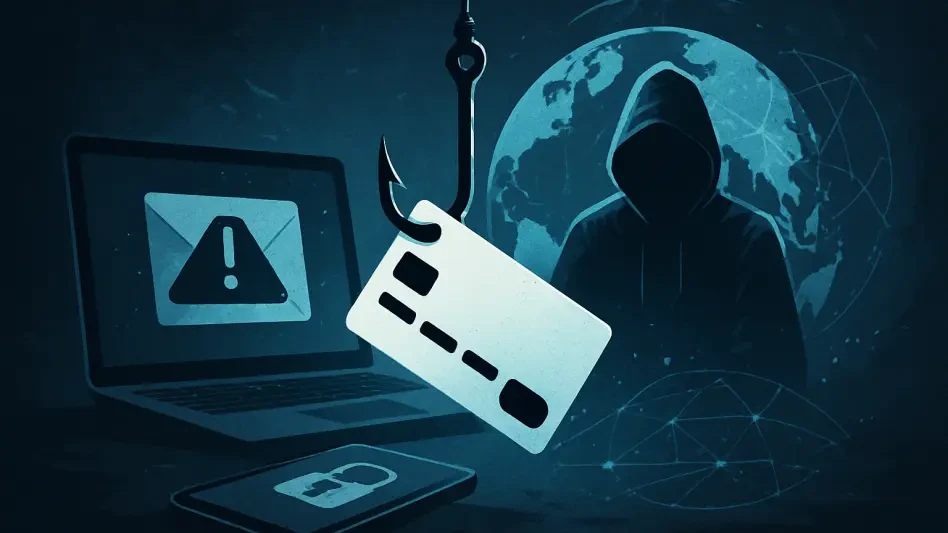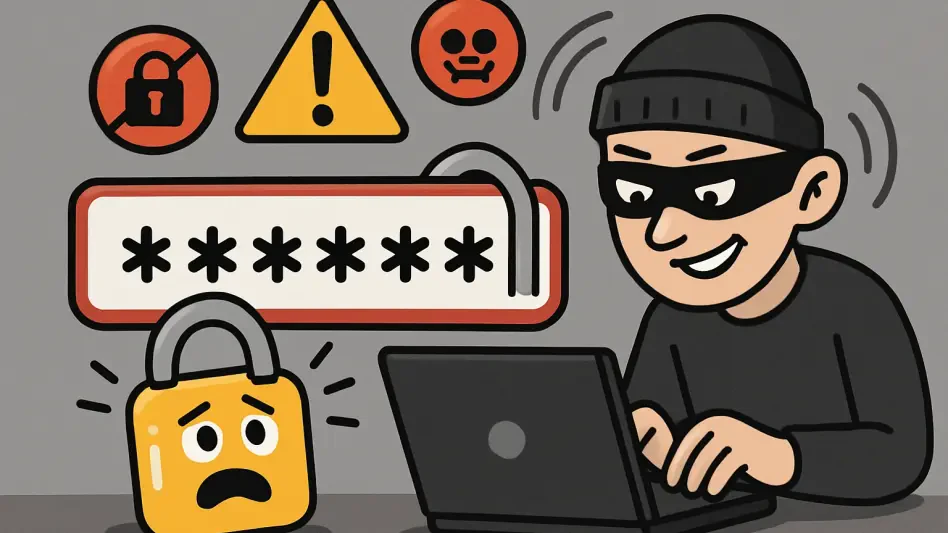In an era where digital connectivity defines much of organizational operations, non-governmental organizations (NGOs) find themselves at a critical juncture, balancing the benefits of technology with the escalating risks it brings, particularly as they rely heavily on digital tools for data management and global communication. These entities, often dedicated to humanitarian causes and community support, use technology to coordinate impactful programs, but this reliance has opened the door to significant cyber threats, with attackers increasingly targeting nonprofits due to their perceived vulnerabilities. The consequences of a breach—whether it’s stolen donor information or disrupted services—can be catastrophic, undermining trust and derailing missions. As cyberattacks grow in sophistication, the urgency for NGOs to prioritize cybersecurity has never been clearer. Addressing this challenge through awareness training offers a practical, accessible way to protect sensitive information and ensure continuity of service for the vulnerable populations they serve.
Escalating Cyber Risks in the Nonprofit Sector
The digital landscape has become a battleground for NGOs, with cyber threats evolving at an alarming pace and targeting organizations that often lack robust defenses. Hackers exploit weaknesses such as outdated software, unsecured networks, and insufficient security protocols to infiltrate systems, often with devastating results. Nonprofits, which frequently handle sensitive data like beneficiary records and financial details, are prime targets due to the high value of their information and the assumption that they cannot afford advanced protections. A single breach can lead to financial loss, compromised personal data, or even halted operations, severely impacting an organization’s ability to fulfill its mission. The rapid shift to remote work in recent years has only intensified these risks, as staff and volunteers access systems from unsecured personal devices or public networks, creating additional vulnerabilities that cybercriminals are quick to exploit.
Beyond the technical gaps, the sheer frequency of attacks underscores the need for immediate action among NGOs to bolster their cybersecurity posture. Reports indicate a sharp rise in ransomware and phishing attempts aimed at smaller organizations, which may not have dedicated IT teams to respond effectively. These incidents can erode donor confidence, as stakeholders question an organization’s ability to safeguard contributions and personal information. For many nonprofits, the fallout from a cyber incident extends beyond immediate financial damage, affecting long-term relationships with communities and partners who rely on their services. The reality is that ignoring these risks is no longer an option; proactive measures must be taken to shield against threats that are not just possible but increasingly inevitable in today’s interconnected world.
The Critical Role of Human Behavior in Security
While technological solutions are vital for cybersecurity, the human element often represents the most significant vulnerability within NGOs, where staff and volunteers may lack the knowledge to navigate digital risks. Many employees, focused on mission-driven work, might not recognize the dangers of clicking on a suspicious email or using weak passwords, inadvertently providing attackers with easy access to systems. Such mistakes, though seemingly minor, can lead to major breaches that compromise entire databases or disrupt critical operations. Educating personnel about these risks is not just beneficial but essential, as it equips them with the tools to act as the first line of defense against cyber threats, reducing the likelihood of human error becoming a costly liability.
Fostering awareness through targeted training programs can transform how individuals within NGOs approach digital safety, turning potential weaknesses into strengths. By teaching practical skills like identifying phishing attempts, securing devices, and handling sensitive data, organizations can significantly lower their risk profile without requiring expensive infrastructure. This approach ensures that everyone, from field workers to board members, understands their role in maintaining security, creating a unified front against threats. Unlike technical fixes that can become outdated, training focused on behavior change offers a timeless layer of protection, adaptable to new challenges as they emerge. For nonprofits with limited resources, this emphasis on human vigilance provides a cost-effective strategy to enhance overall resilience.
Distinct Barriers to Cybersecurity for Nonprofits
NGOs face unique hurdles in securing their digital environments, primarily due to financial constraints that limit their ability to invest in comprehensive cybersecurity measures. Unlike larger corporations, many nonprofits operate on tight budgets, with funds often allocated to direct program support rather than IT infrastructure or specialized staff. This scarcity of resources leaves them exposed to risks that wealthier entities might mitigate through advanced tools or dedicated teams. As a result, basic protections like updated software or secure networks may be absent, making these organizations attractive targets for cybercriminals who exploit such gaps with relative ease, knowing the likelihood of a strong defense is minimal.
Compounding these financial challenges is the diverse and often decentralized nature of NGO operations, which can span multiple regions and involve varying levels of technological expertise among staff and volunteers. Many workers are part-time or temporary, with limited time to focus on security protocols amidst pressing fieldwork demands. Tailored training initiatives become crucial in this context, offering practical, low-cost solutions that address specific needs without requiring significant investment. Partnerships with external funders or tech experts can also play a pivotal role, providing access to resources and knowledge that NGOs might otherwise lack. By focusing on education and capacity-building, these programs help level the playing field, ensuring that even resource-strapped organizations can build effective defenses.
Sustaining Protection Through a Cybersecurity Culture
Creating a lasting culture of cybersecurity within NGOs goes beyond one-time interventions, requiring continuous efforts to keep pace with an ever-changing threat landscape. Single training sessions, while valuable, are insufficient on their own; they must be part of a broader strategy that includes regular updates and refreshers to address emerging risks like new phishing tactics or malware variants. Embedding cybersecurity into the fabric of daily operations ensures that staff and volunteers remain vigilant, viewing digital safety as a core component of their work rather than an afterthought. This ongoing commitment helps maintain a high level of preparedness, reducing the chances of complacency leading to preventable incidents over time.
To amplify the impact of such efforts, NGOs can cultivate internal advocates, often referred to as cybersecurity champions, who are trained to guide and educate their peers within the organization. These individuals act as on-the-ground resources, reinforcing lessons from formal training and ensuring knowledge is shared across teams. Additionally, providing accessible tools like online guides or interactive workshops supports continuous learning, making it easier for everyone to stay informed. This collective approach transforms cybersecurity from a top-down mandate into a shared responsibility, fostering resilience that endures through staff turnover or budget fluctuations. For nonprofits, building this culture is not just a defense mechanism but a strategic investment in safeguarding their mission for years to come.
Moving Forward with Actionable Cybersecurity Steps
Reflecting on the mounting cyber risks that NGOs face, it becomes evident that actionable steps taken in response have laid a foundation for stronger digital defenses. Training programs have been rolled out to equip staff with essential skills, focusing on real-world scenarios that test their ability to spot threats and respond effectively. Partnerships with tech organizations and grant funders have proven instrumental, offering the necessary support to implement these initiatives without straining limited budgets. Evaluations conducted after these efforts revealed marked improvements in awareness levels, with fewer incidents of human error leading to breaches. Looking ahead, the focus must shift to scaling these successes, integrating advanced training modules, and fostering global networks of cybersecurity champions among nonprofits. By prioritizing education and collaboration, the nonprofit sector can continue to fortify its defenses, ensuring that missions to serve communities are not derailed by preventable digital threats.








